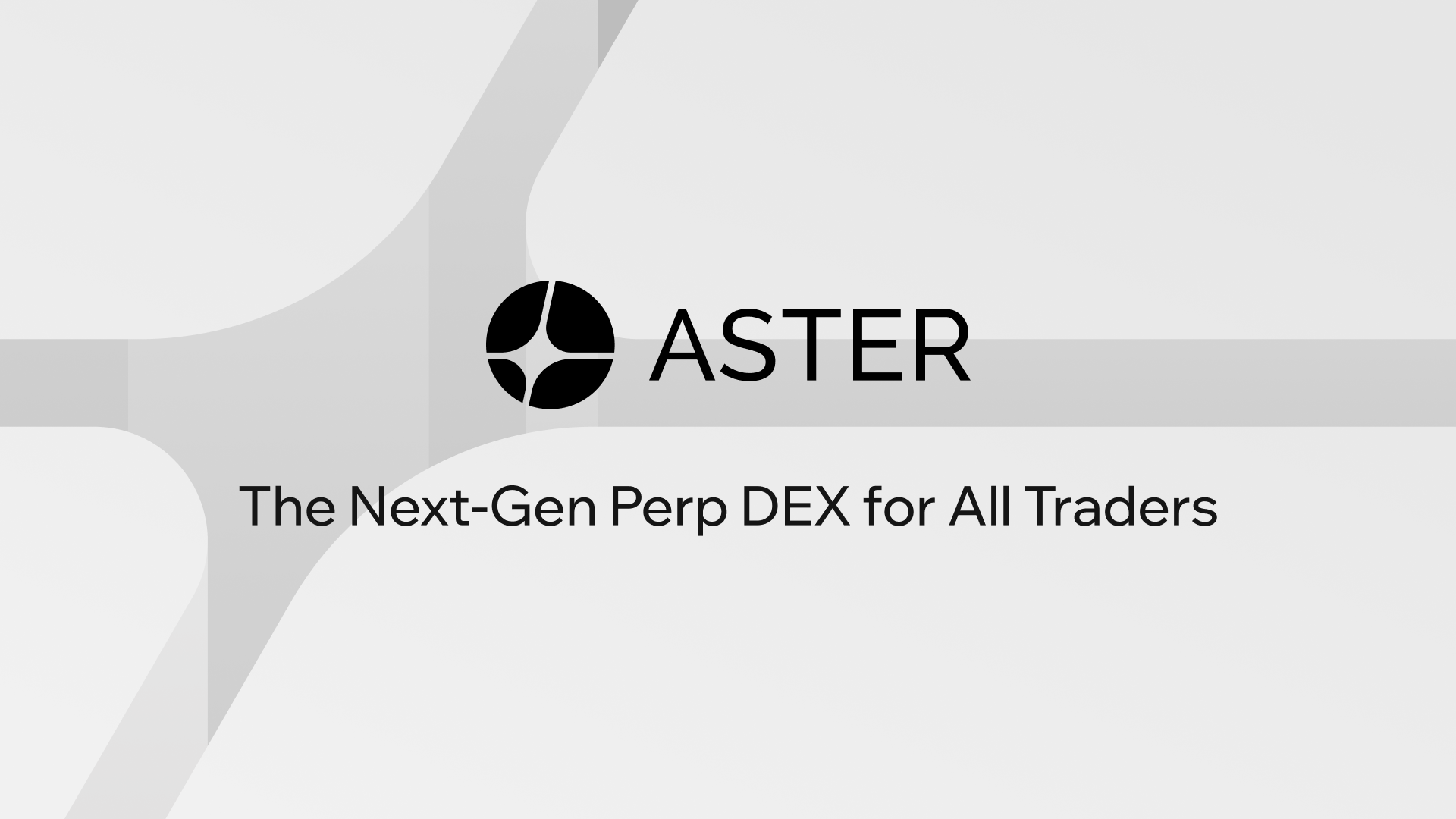Okay, so check this out—I’ve been poking around Polkadot DEXs for a while now. Whoa! The fee differences made my jaw drop the first week I traded. Seriously? Some platforms charge fees that feel almost medieval, while others barely nudge your balance. My instinct said: something’s changing here, and fast.
At first glance, low transaction fees are the obvious attraction. They let you iterate on strategies quicker. They let small traders actually play in the game. But that’s too simple. Initially I thought low fees were all we needed to optimize returns, but then I realized staking incentives and swap mechanics matter just as much, and they often interact in surprising ways.
Here’s the thing. A DEX on Polkadot can combine sub-dollar swaps with meaningful staking rewards, and that combination changes the math for active DeFi traders. On one hand you save on gas and on-chain friction. Though actually—wait—if liquidity is thin, low fees alone won’t keep slippage down, and that can wipe your gains just as easily. So you end up chasing a balance between cost, depth, and yield.
My trading style is a lot of small bets and several quick rebalances. Hmm… that made me biased toward chains and DEXs where fees are tiny and swaps are fast. I’m not 100% sure that’s right for everyone, but it works for me. And frankly, this part bugs me: too many write-ups promise “cheap trading” while glossing over liquidity pools and impermanent loss. That omission isn’t accidental; it’s sloppy.

What to look for — beyond just low fees
Low fees are seductive. They let you test strategies without bleeding funds. But look deeper: ask whether the DEX supports efficient batch trades, cross-pool routing, and intelligent swap paths that minimize slippage. Also watch staking mechanisms closely. Are rewards compounding? Are they token-specific? And is staking bonded to long lockups? These details change how attractive a yield really is.
One practical tip: try a micro-trade during different times of day. See how slippage behaves. See how fees actually appear on your wallet. It seems basic, but traders skip this test. I did too, once. Live experience revealed some pools that looked healthy in dashboards but collapsed under modest volume. (oh, and by the way… dashboards can lag.)
A pragmatic resource I found helpful while researching is this project page: https://sites.google.com/walletcryptoextension.com/aster-dex-official-site/. It lays out fee structure, staking terms, and swap UX in plain language, and that transparency matters more than glossy marketing.
Technically, Polkadot adds value here through parachains and shared security. That means lower finality times and often much cheaper TPS-related costs compared to some L1 alternatives. But again—lower base-layer fees don’t automatically equal excellent trader experience. Routing algorithms, AMM curve design, and incentives all conspire to produce outcomes that either help or hurt active traders.
I’ve seen traders chase APRs without thinking about APR vs. APY, compounding windows, or token emission schedules. Those are important. For example, a 30% APR that requires continuous manual restaking is less attractive than a 20% APY that compounds automatically. Small differences in UX can make yields effectively higher or lower, once you factor in time and effort.
There’s also something psychological at play. You feel better hitting “swap” when gas is a penny. You trade more. That behavior increases volume on the platform, which in turn improves price discovery and liquidity depth—if the DEX has good fee and incentive design. It’s a feedback loop, and it’s fragile. Break the incentives, and the loop reverses.
Governance matters too. Who decides fee splits? Who controls staking parameters? Governance token distribution can concentrate power, which is a risk many headlines understate. Personally, I prefer platforms with clear, gradual token unlocks and on-chain governance processes that include economic safeguards. Not glamorous, but very very important.
Security cannot be glossed over. Audits, bug bounties, and transparent multisig setups are baseline requirements. You can have the best fees and yields in the world, but a smart exploit can vaporize everything. That said, audits are not guarantees. They reduce probability, not eliminate risk.
Real trade-offs: liquidity depth vs. incentives
Imagine two pools. One pays generous staking rewards but has shallow liquidity. The other has deeper pools but smaller yields. Which is better? It depends. For arbitrage and frequent swaps, deep liquidity wins. For passive LPs chasing yield, incentives can offset risk—temporarily. On the other hand, temporary incentives often dry up when token emissions taper off, leaving late entrants exposed.
So what do I actually do? I split exposure. I use deep pools for frequent swaps, and I ladder into incentive-driven pools while closely watching TVL and reward schedules. It’s not perfect. I’m comfortable rebalancing weekly, but that may be too hands-on for others. Your mileage will vary, and that’s okay.
FAQ
How do low transaction fees improve day trading strategies?
Lower fees reduce the breakeven threshold for frequent trades, making small edge strategies viable. They also let you test and iterate faster. But remember: low fees won’t save you from slippage in thin markets or from poor routing algorithms.
Are staking rewards on Polkadot DEXs reliable long-term?
Rewards depend on token emissions, governance decisions, and market dynamics. Short-term APYs can be attractive, but long-term sustainability requires careful reading of tokenomics and community governance plans. No guarantees here—only probabilities.
To wrap up this thought (not a neat summary—just a closing note): low fees, staking rewards, and efficient swaps form a triad that reshapes trading behavior on Polkadot. I’m biased toward platforms that combine transparency and practical UX with conservative tokenomics. I’m not saying any single project is perfect, though somethin’ comes close sometimes. Keep experimenting, keep skepticism, and trade with a plan.














